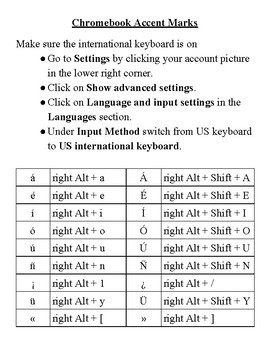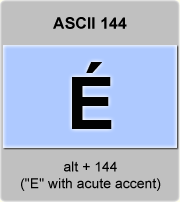
The most straightforward way of typing accent marks in Word is to use the Insert tab to call up a list of special symbols. There are two basic ways of generating accent marks in Microsoft Word. It also addresses the differences between generating accent marks in versions of Word for PC and Mac. This post explains how to generate accent marks in Microsoft Word. Accent marks appear in some English words too, usually those that have been adopted from other languages, such as déjà vu.

Some common accent marks are the acute accent (e.g., on the e in the French word éclair), the umlaut (on the a in the German Fräulein), and the tilde (on the n in the Spanish piñata). When you quote from texts in foreign languages, you will frequently need to type accent marks. It, too, often replaces a “s” from old French, which may give a clue to the meaning of the word.Ī cédille ( ) is placed under a “c” (ç), to create a soft (s) sound before the letters a, o, or u.Ī tréma ( ) is placed on the second of two consecutive vowels to indicate that each vowel is pronounced independently.The series Microsoft Word and MLA Style shows writers how to use Word to make their essays conform to MLA style guidelines. When you see this letter, replace the é with an imaginary s to see if its meaning becomes more evident.Īn accent grave (`) may be used on an à or ù where it causes no sound change, or on an è, producing the sound of eh as in the e in “get.”Īn accent circonflexe (∧) may be placed on any vowel but causes no perceptible sound change. Accents are used only on vowels and under the letter c.Īn accent aigu ( ) is only used on an e (é) and produces the sound ay, as in “day.” It may also replace an s from old French.



Comparative and Superlative Expressions.Forming Plural from Singular Adjectives.Changing Masculine to Singular Feminine.


 0 kommentar(er)
0 kommentar(er)
